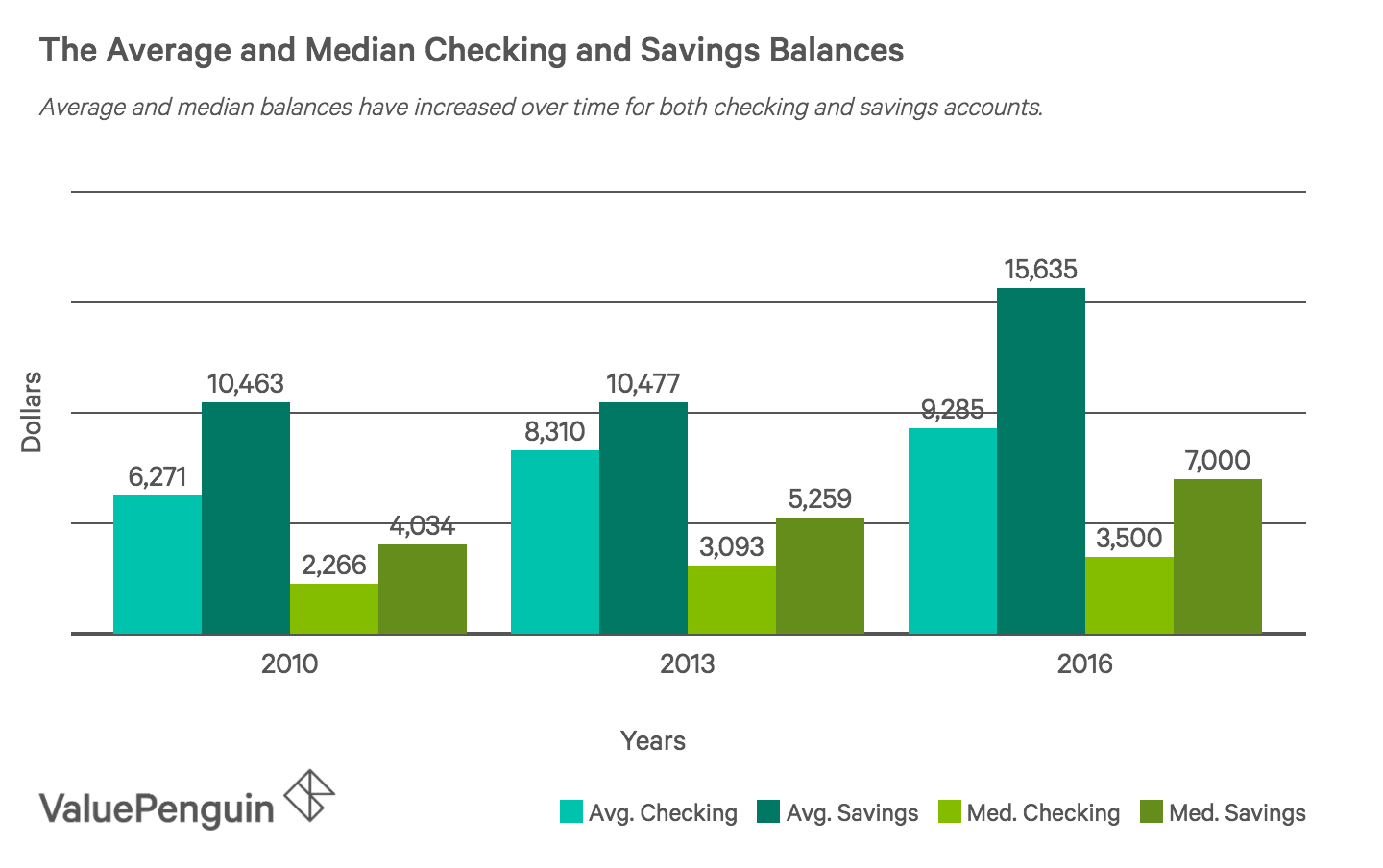
But whether they have a good understanding of those accounts is up for debate, as findings from a new GOBankingRates survey suggest. After suffering high default losses during the recession, general-purpose card issuers are wary of less-than-prime borrowers. Common retail banking services include:. Despite fears about banking, the survey found that an overwhelming majority of Americans — 88 percent — have checking accounts. In fact, all four business franchises thrived in , as shown below. You may also like.
Join the Discussion
Questionnaire «Monetary and financial statistics». Monetary Base Broad Definition. Monetary Base Narrow Definition. Money Supply National Definition. The changes were made as a part of the work on completing the integrated information basis for the compilation of monetary statistics, SNA financial balance sheets and financial accounts.
Banking for the (very) long haul

Research and Statistics Advertiser Disclosure. The most costly card companies are ones you probably never heard of — but whose cards you just might carry. The content on this page is accurate as of the posting date; however, some of our partner offers may have expired. The most lucrative card companies are ones you probably never heard of — but whose cards you just might carry. Store-card issuers Comenity Bank and Synchrony Financial, formerly called GE Capital, reaped the most interest and fees from their cardholders among 12 major card issuers, an analysis by CreditCards.
Following the Money
Questionnaire «Monetary and financial statistics». Monetary Base Broad Definition. Monetary Base Narrow Definition. Money Supply National Banks making most money statistics. The changes were made as a part of the work on completing the integrated information basis for the compilation of monetary statistics, SNA financial balance sheets and financial accounts. In this case classification of data from various sources was completed, new sources of information on non-credit financial organizations were added and harmonization of data with Government Finance Statistics hereafter — GFS was.
Liquidity and counterparty sectors for Money Supply deposits were additionally analyzed with the use of more detailed sources of information. As a result, the part of funds which belongs to Federal Government sector and restricted deposits of nonfinancial organizations and households were excluded from Money supply.
Particularly, the data based on reports of management companies of the Pension Fund of the Russian Federation on pension savings invested in credit institutions deposits as well as the data on funds obtained under repo agreements with Federal Treasury, was excluded from transferable and other deposits of financial excluding credit institutions organizations.
The data on several public corporations which are the part of General Government sector according to GFS methodology were excluded from the transferable deposits of nonfinancial organizations. The data on restricted funds were excluded from other deposits of nonfinancial organizations and households. Money Supply M2 seasonally adjusted. Broad Money seasonally adjusted.
Central Bank Survey. Credit Institutions Survey. Banking System Survey. Other Financial Institutions Survey.
Other Financial Institutions Survey by selected number of financial intermediaries. Financial Sector Survey. Financial Sector Survey by selected number of financial intermediaries. Monetary statistics indicators Excel. Monetary Statistics Indicators, Excel. Analytical Accounts of Monetary Authorities. Analytical Accounts of Credit Institutions. Non-financial sector and Households debt on bank loans and debt securities. Non-financial sector and Households debt, extended.
Online reception. Monetary and Financial Statistics. Questions to Compilers Should you have any questions, comments or suggestions, please, send them using the attached Feedback Form to the Statistics and Data Management Department of the Bank of Russia which is responsible for the monetary and financial statistics compilation. View all Close. The Bank of Russia website uses cookies. By using www.
How Banks Create Money — Macro Topic 4.4
Advertiser Disclosure
Of the 12 largest issuers, USAA, a lender to military families, had the lowest yield, at 8. Email address. Amid low interest rates and a manufacturing slowdown, industries and investors alike are scrambling to prepare as the window of opportunity closes. Every GSifi bank is structured differently. Lending is on the rise, although credit access is still tight. Overall noninterest income as a share of bank revenue is lower than before the crisis, in part because of the collapse in securitization. The components whose shares declined—securitization, trading, and real estate—depend on financial and housing markets that collapsed during the financial crisis, suggesting that if banks were looking to replace interest income with noninterest income when interest rates fell, they would need to look to other components. But the rise banks making most money statistics that component was offset by declines in other components, particularly securitization fees, which fell more, resulting in the fall in total noninterest income figure 1. Although the percentages are the same — and were the highest percentages respondents could choose — there is a difference between the two.

No comments:
Post a Comment